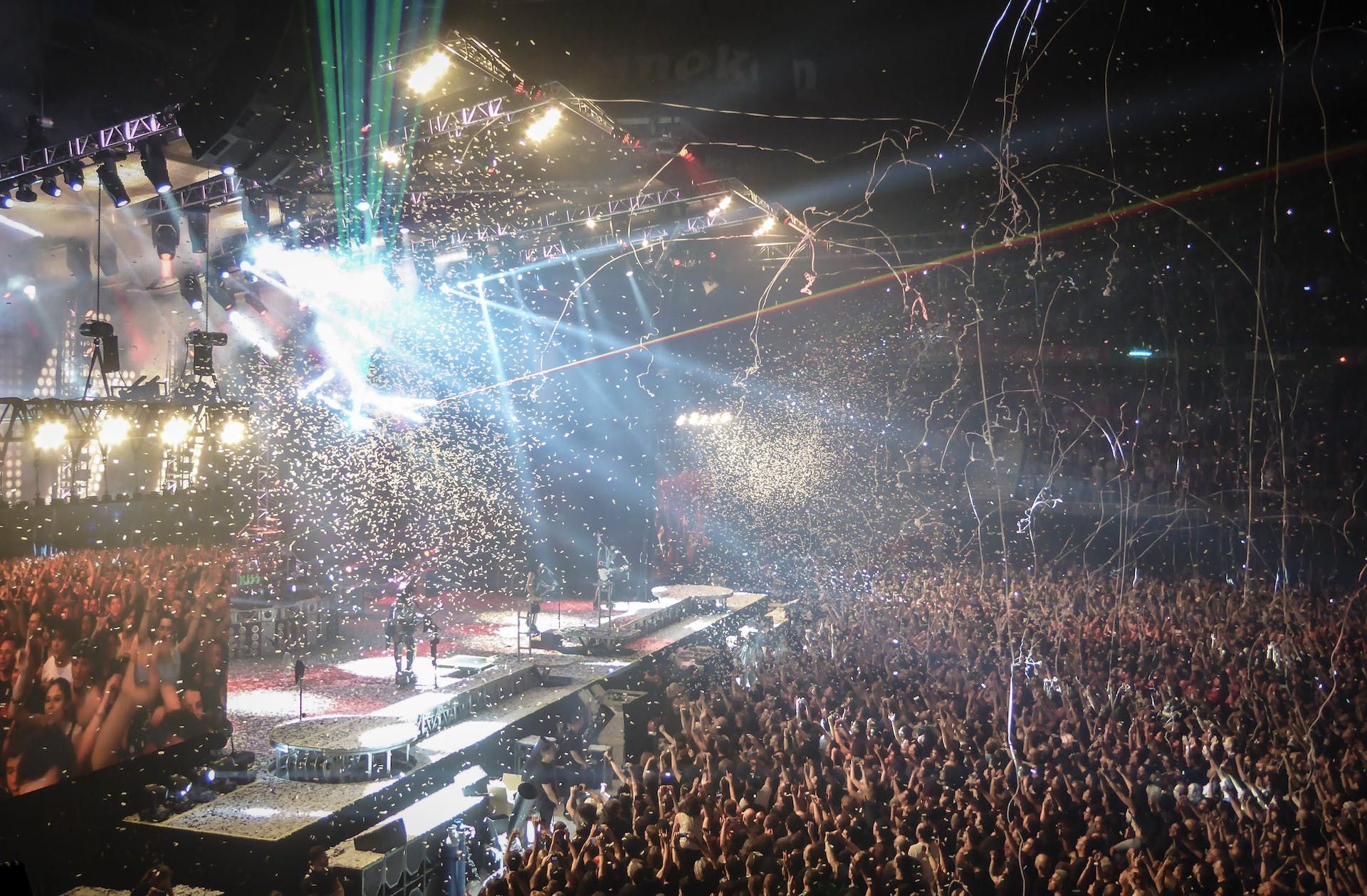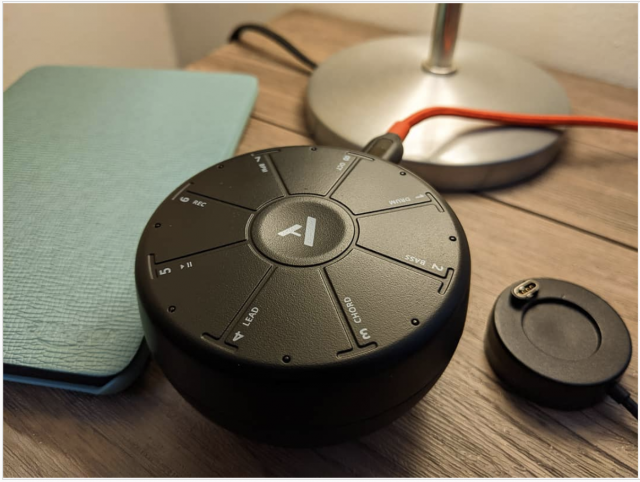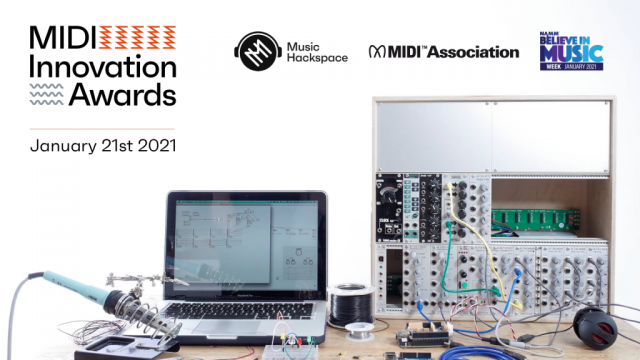The MIDI Association at NAMM’s Believe In Music Week 2021

NAMM is all virtual this year!
Every major event in the history of the MIDI Association has happened at Winter NAMM.
Whether it was the first introduction of MIDI at the 1983 NAMM to the adoption of MIDI 2.0 at the NAMM 2020, the NAMM (the National Association of Music Merchants has always been a part and a partner in our shared journey together.
At Winter NAMM we always hold a joint meeting between The MIDI Association and AMEI (the Japanese Association of Musical Electronics Industry) which oversees the MIDI spec in Japan. We also hold our Annual General Meeting where the MIDI Association corporate members meet, adopt new specifications and discuss plans for the next year.
This year is different because NAMM is holding an all virtual event called Believe In Music. The event opens on Monday, January 11, 2021 but most of the events take place the week of January 18.
We decided to try to keep thing as normal as possible so here is the schedule of MIDI Association events for Believe in Music week.
MIDI Association Sessions at Believe In Music
MPE is a relatively new MIDI specification, the universal protocol for electronic music. MPE allows digital instruments to behave more like acoustic instruments in terms of spontaneous, polyphonic sound control. So players can modulate parameters like timbre, pitch, and amplitude — all at the same time.
Join Audio Modeling, Keith McMillan Industries, moForte and ROLI and other MPE companies in an exploration of MIDI Polyphonic Expression.
Profile ConfigurationMIDI gear can now have Profiles that can dynamically configure a device for a particular use case. The MIDI Association has adopted our first Profile – Default Controller Mapping and is considering Profiles for Orchestral Articulations, Drawbar Organ, Guitar, Piano, DAW Control, Effects and more.Property ExchangeWhile Profiles set up an entire device, Property Exchange messages provide specific, detailed information sharing. These messages can discover, retrieve, and set many properties like preset names, individual parameter settings, and unique functionalities. For example, your recording software could display everything you need to know about a synthesizer onscreen, effectively bringing hardware synths up to the same level of recallability as their software counterparts.
When MIDI first started there was only one transport- the 5 Pin Din cable.But soon there were many different ways to send MIDI messages over USB, RTP, Firewire, and many more cables and transports. But none has been more transformative than MIDI-BLE because it allows you to send MIDI wirelessly over Bluetooth freeing products and performers from the restriction of being tethered to a cable. Join Aodyo, CME, Novalia, Roland, Quicco, Yamaha, and other BLE companies in a discussion of the benefits of BLE-MIDI.
MIDI 2.0 is bi-directional and changes MIDI from a monologue to a dialog. For example, with the new MIDI-CI (Capability Inquiry) messages, MIDI 2.0 devices can talk to each other, and auto-configure themselves to work together.
Higher Resolution, More Controllers and Better Timing
To deliver an unprecedented level of musical and artistic expressiveness, MIDI 2.0 re-imagines the role of performance controllers, Controllers are now easier to use, and there are more of them: over 32,000 controllers, including controls for individual notes. Enhanced, 32-bit resolution gives controls a smooth, continuous, “analog” feel. New Note-On options were added for articulation control and precise note pitch.





